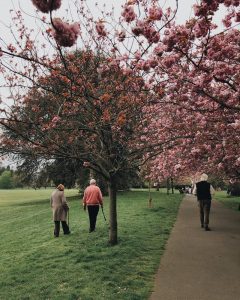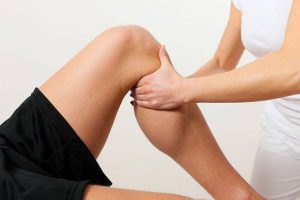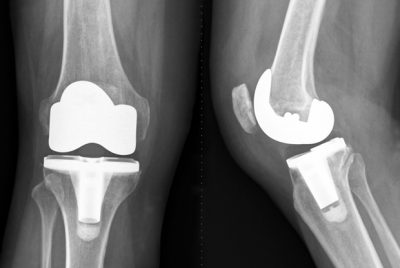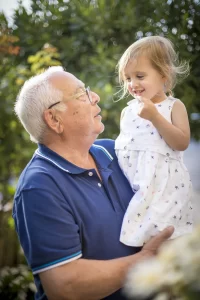To replace a KNEE or NOT TO replace a KNEE: that is the question.
As a disclaimer, I wish to note that my experience may be vastly different to others. We all experience pain, recovery and ‘getting back on our feet’ differently. However, on my journey through total knee replacements (yes, I had both done, separately), I picked up a few gems of knowledge that I personally found useful.
Having been regularly active, physically and mentally, all my life, I found knee pain to be quite debilitating. Which led to the first ‘gem’: ‘Look at the impact your knee pain is having on your life and decide if total knee replacement is right for you.’ I wanted to be able to spend active time with my children and grandchildren and knee pain restrictions would not always allow me to do that. Plus, the constant need for pain relief, anti-inflammatories, and waking at night due to pain. The decision was easy for me, so I willingly went in to have my first knee replacement.

First things first:
Prior to the surgery I saw the staff at PMPP for advice regarding the postoperative period, plus an alert that their skills would be needed. There is a pre-operative process of MRI to establish the correct orthopedic fit and alignment, plus the usual X rays, blood tests, etc. to assess your personal risk [anaesthetic etc.]. I did not find this onerous and welcomed the added care that my Orthopedic Surgeon and Anaesthetist provided.
I chose a surgeon who specialized in knee replacements, located in the city for ease of family visits, and rehabilitation post op. The surgeon provided the second ‘gem’ during the immediate post operative period. He advised me to get moving as soon as possible and follow the Physiotherapist’s instructions. Otherwise, you will get a ‘sticky/frozen’ knee and you will back in 6 months for another light anaesthetic to straighten the knee.
I gather the sticky knee refers to the tendons, muscles and ligaments becoming less mobile and harder to move if Physiotherapy is not completed regularly and fully. I was told that I would be asked to stand out of bed the day immediately following surgery and asked to walk short distances within a brief period.

Pain relief is key!
This led to the other ‘gem’ of information. Do not be a martyr and TAKE THE PAIN RELIEF. It allows you to move and complete realistic Physiotherapy exercises to prevent a sticky knee. I chose 5 days in hospital rehabilitation to ensure I was fully on my feet, using crutches efficiently, could shower unaided and understood the rehabilitation program.
There are diverse options of rehabilitation that you should explore with PMPP. To stay in hospital or go home depends entirely on your support network at home, as showering for the first 10 days may require a little assistance. Cooking meals may require assistance too, as it is hard to carry items whilst on crutches.
The rehabilitation journey:
Fortunately, with the help and guidance from PMPP [thank you Sheree and Sal] I quickly progressed to one crutch then none. However, I continued to use a crutch when out on short walks as it gave me some protection, and people were more courteous. The aim is to have the knee straightened in gradual increments and it is a terrific way to collaborate with a Physiotherapist to set goals. I found PMPP knew when to encourage a little more and when to rest. A gift that comes with years of great training and experience. I was lucky, like so many others, as I had a good six plus weeks post op recovery, achieved my rehabilitation goals [with the help of pain relief], and have never looked back.
The take-home message:
For me, the lack of pain and ability to enjoy life, travel, walk around European cities, play with my grandkids, and walk up and down stairs highlighted the very reason a total knee replacement was right for me. And I fronted up 6 years later for the ‘other knee’: a decision I have not regretted. Thank you PMPP for your help throughout these, and other journeys.
~ PMPP client
You may enjoy other PMPP knee blogs:
- https://portmelbournephysio.com.au/a-rheumatologists-perspective-on-treatment-for-knee-oa/
- https://portmelbournephysio.com.au/achy-knees-what-could-it-be/
- https://portmelbournephysio.com.au/clicky-knees/
Feature image credit: https://www.gponline.com/total-knee-replacement/musculoskeletal-disorders/musculoskeletal-disorders/article/1406657


